Bajaj Dominar 250: Looking to trade in your old commuter for a modern tourer without burning a hole in your pocket? Bajaj Auto might have the answer.
Story: Sarmad Kadiri
Photography: Sanjay Raikar
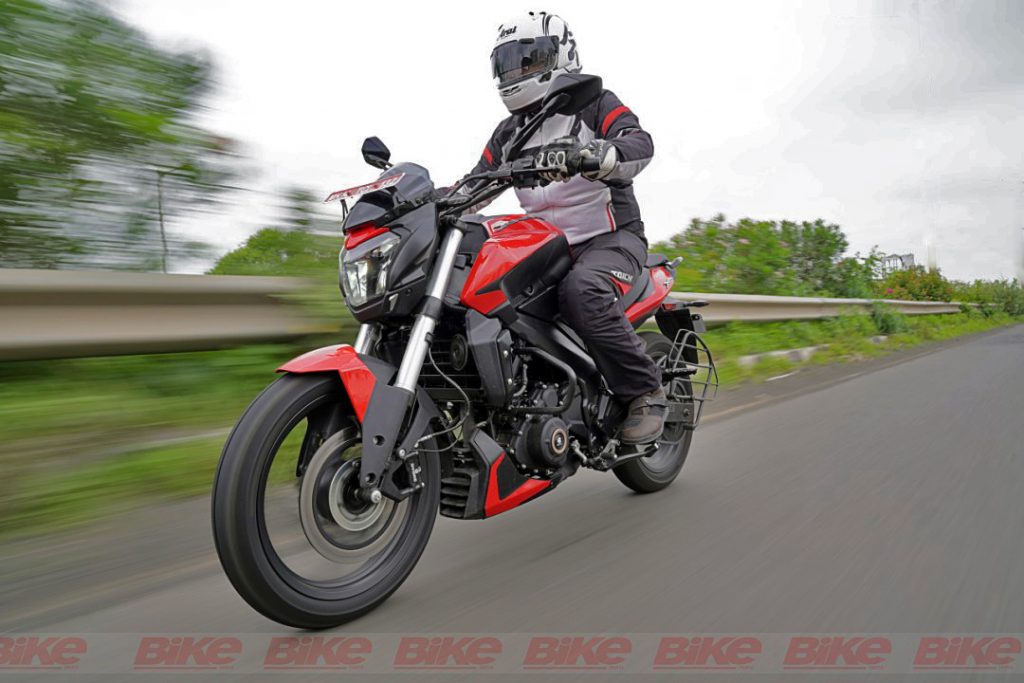
Not to trail behind the competition, Bajaj have been eyeing the fast-growing touring motorcycle segments for a while now. So, when the company invested in the Dominar 400, they were pretty open about the fact that it was the first in the range and that more Dominars would eventually follow. The 400 managed a satisfactory response, as a major chunk of the adventure seekers got attracted towards bikes like the Royal Enfield Himalayan and the more traditional Classic 350s. But a substantial number, especially first-time buyers, tend to get overwhelmed by the size and performance of these bikes. No wonder smaller, single-cylinder 250s have become such a rage in our country. And right on cue, the more accessible Dominar 250 makes an entry, which borrows the powertrain from KTM Duke 250.
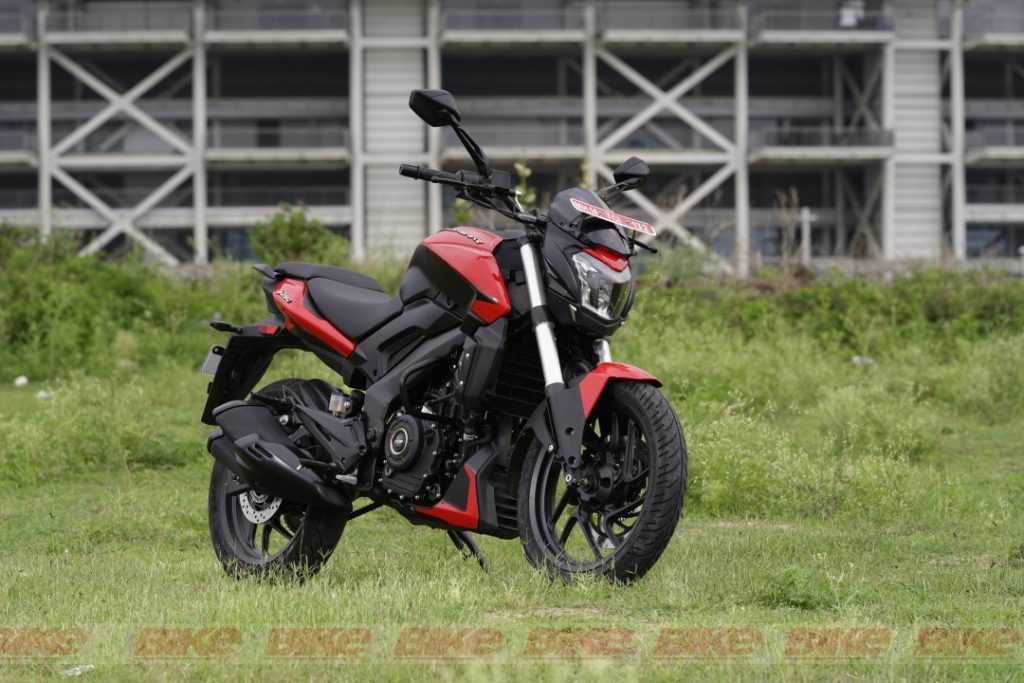
Design
At first look, the Dominar 250 appears to be identical to its 400-cc sibling, with the same mass forward, power-cruiser inspired (Ahem! Ducati Diavel) design. The super-bright LED headlamps, chunky fuel-tank, comfy seat, and intricate tail-lamps are exactly the same. You’ll have to look for the “D-250” nomenclature and, of course, this new “Canyon Red” body colour (limited to the 250 only) to set it apart. Under the microscope, though, the 250 has a slightly different DNA string. To my eyes, the meaty proportions look overwhelming for a 400, let alone a 250. But, hey, like they say, beauty lies in the eyes… or something like that. The 250 doesn’t get the modern display of the BS6 Dominar 400 and has to make do with the older one seen on the first-gen. And, yes, there is a secondary display on the fuel-tank as well. Not to forget the signature twin-barrel exhaust which has a nice high-bass note which you’ll enjoy while lazily cruising or going full-clip.
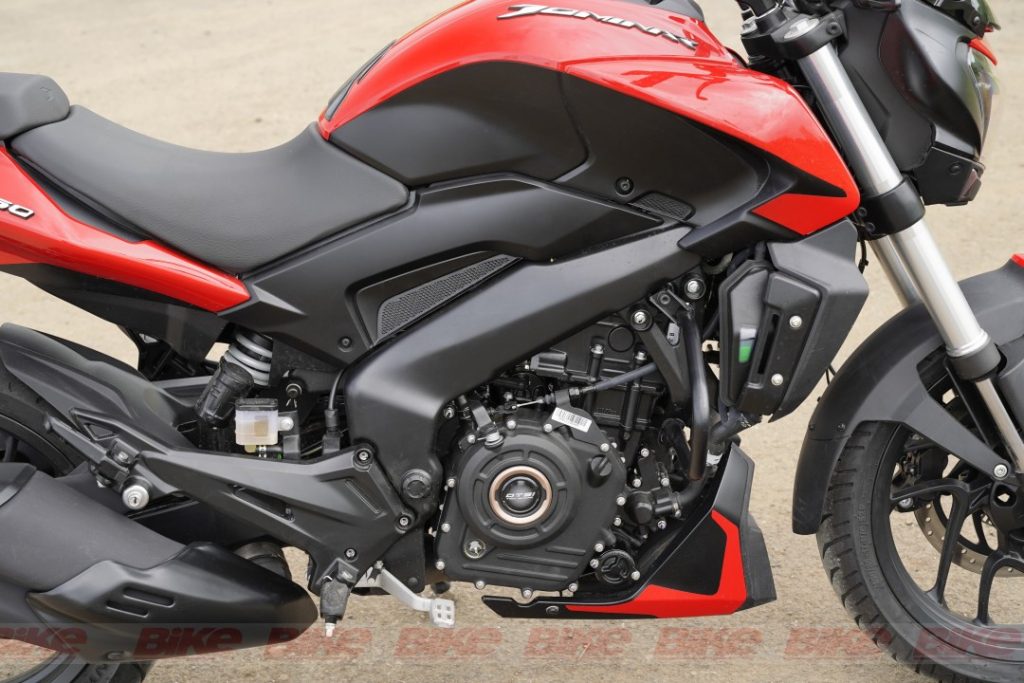
Engine
Staying on the topic of performance, let’s delve a bit into the 248.8-cc DOHC powertrain. The engine has been detuned to make 27 hp that come slightly early at 8,500 rpm and 23.5 Nm of torque at 6,500 rpm. This remains paired with KTM’s six-speed gearbox and a slipper clutch. To give the high-revving Austrian unit a more suitable character for the Dominar brand, Bajaj engineers changed the engine head, installed their trademark twin spark-plugs, and also worked on the camshaft and valve timing. With all these fine-tuning and changes, the compression ratio of the Dominar 250 has become a more relaxed 11.9 as compared to the donor Duke’s 12.5. All this to achieve the vital goal of improving the mid-range and bottom end. For a long-distance tourer, it’s more important to dole out easy-going power all day than providing thrilling (and high-revving) performance. (Also Read: Husqvarna Svartpilen 250 and Vitpilen 250: What’s the Difference?)
Performance
So, the Dominar 250 took 3.89 seconds to sprint from 0 to 60 km/h, a second extra compared to the Duke. The difference becomes pretty evident as they hit 100 km/h; the Bajaj takes a whole 3.5 seconds more than the KTM. The additional 11 kilograms of weight, detuned engine, and relaxed power delivery play a role in this. The bright side of this set-up is the Dominar 250’s rideable nature. Since there’s more torque available even in lower revs, the bike doesn’t feel snatchy even when you slow down in higher gears. This is a major grouse people have with the peaky power delivery of the KTMs, especially the 390.
Case in point being our roll-on test where we go full gas from 30 to 70 km/h individually in third gear, then again in fourth, and fifth and so on. Where the KTM gagged, knocked, and simply refused to carry the low-speed test in fifth, the Bajaj pulled all the way from 30 km/h in fifth and even sixth gear. It’s something you can feel the moment you start riding the bike and especially when you feel the urge to overtake, as the bike is quick to gather speed without you having to shift down. This is the big highlight of the smaller Dominar.
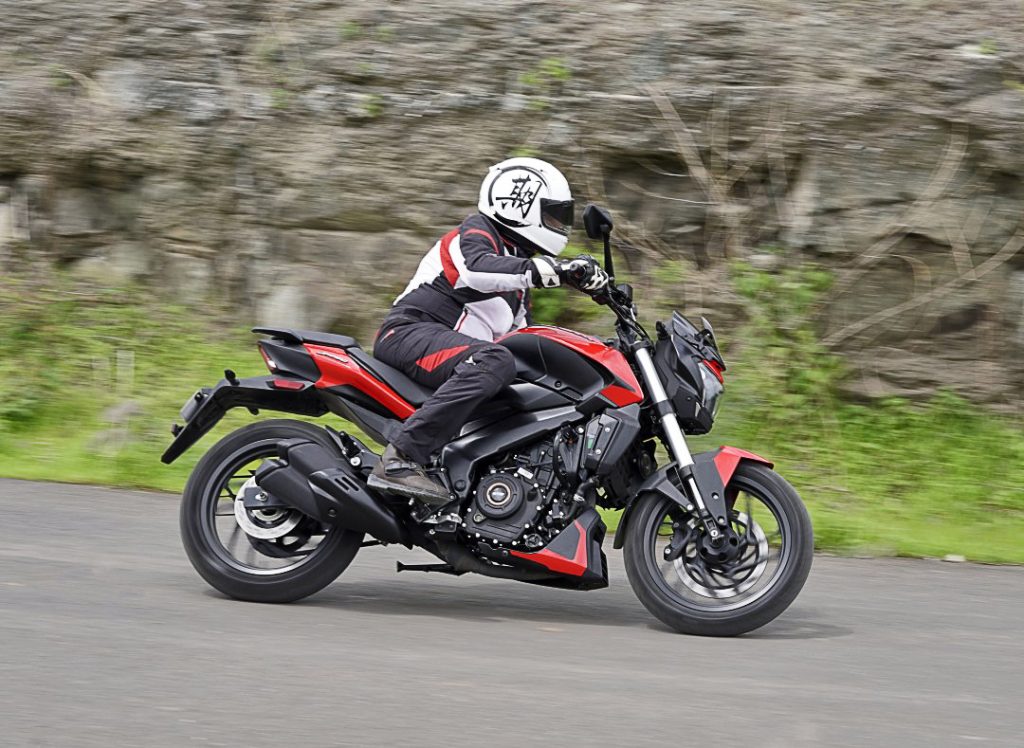
Ride Quality
There are a few changes in the cycle parts, too, to help this easy riding nature and, alongside, cut cost as well. Though it still gets upside-down front forks, at 37 mm they aren’t as beefy as the Dominar 400’s. The rear monoshock continues to do the duty and the suspension travel, front and rear, remain the same as on the 400. The good news here is that the ride quality remains equally pliant and comfortable as the updated Dominar 400. I even did a small run with a pillion and it still managed to impress. So, if you’re planning an inter-city ride, rest assured that the 250 won’t buckle under the pressure of the rider’s and saddlebag’s weight. The wheelbase remains long and unchanged at 1,453 mm, but the swing-arm is a simpler steel box-type, inspired by the Pulsar RS 200, and not aluminium as seen on the Dominar 400 and KTM 250 Duke. Bajaj clarified that at 70 mm x 30 mm section, it’s wider than the RS which should make it more robust.
Handling
Being longer and 25 kg heavier than its Japanese competitors, it can’t match their precision and neither can it be tossed around with comparative ease. But it does retain the much-spoken-of straight-line stability to help you during your highway rides and is more agile than the 400 to make it more fun to ride. Packed with disc brakes on both ends and equipped with ABS, anchoring duties seem to be well taken care of. The 300-mm front disc is a tad smaller than the Dominar 400’s, but, like elder brother, gets radially mounted calipers. And, as our test results show, you’ll barely notice the difference in braking performance as it stops from 80 km/h in a decent 2.57 seconds, covering just 28.89 metres. More importantly, without being wiggly or twitchy.
That reminds me, the tyres are also new. Still MRF, but narrower in size ― 100/80 17” front and 130/70 17” at the rear. Interestingly, the tyre sizes are the same as on the RS 200, but Bajaj specified that the superior compound promises improved grip. And we agree. Visually, though, the thinner tyres look out of place on this bulky, power-cruiser-ish design. Having said that, all these tweaks have done the bike a lot of good, making it quite nimble and manageable as compared to its elder sibling. (Also Read: Best 250-cc motorcycle to buy)
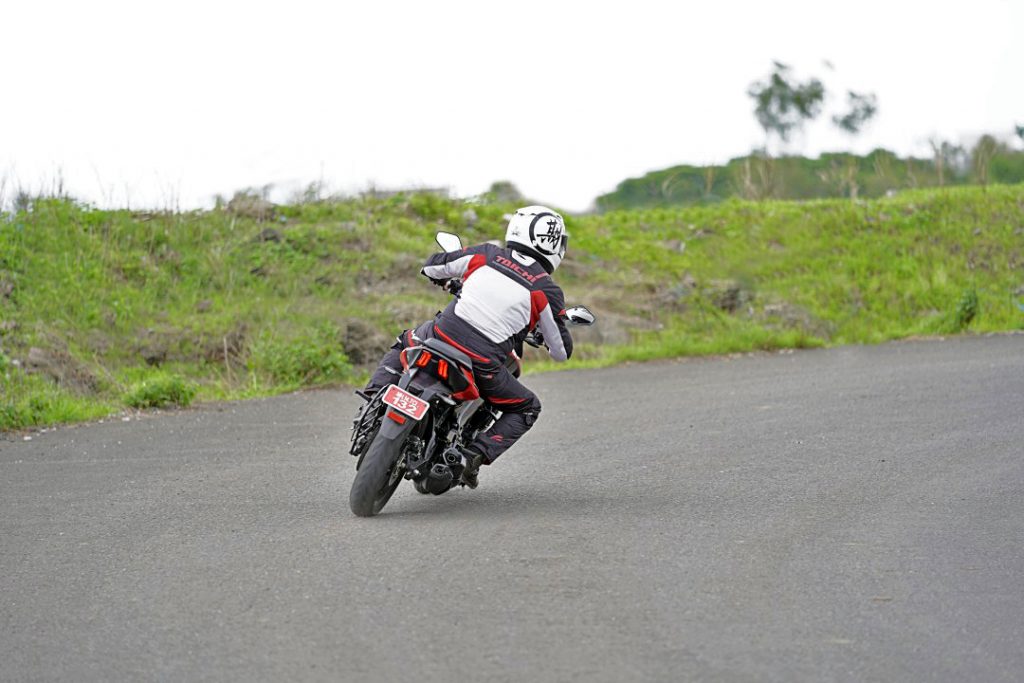
Conclusion
And that brings us to its price. Being about Rs 30,000 cheaper than its elder sibling, the smaller Dominar – priced at Rs 1.54 lakh (ex-showroom), targets bikes such as the Suzuki Gixxer 250, Yamaha FZ25, and the 250s from KTM and Husqvarna. But, more importantly, with a 250 in the line-up, Bajaj now have a convenient step-up option for the rapidly growing community of two-wheeled adventure-seekers.

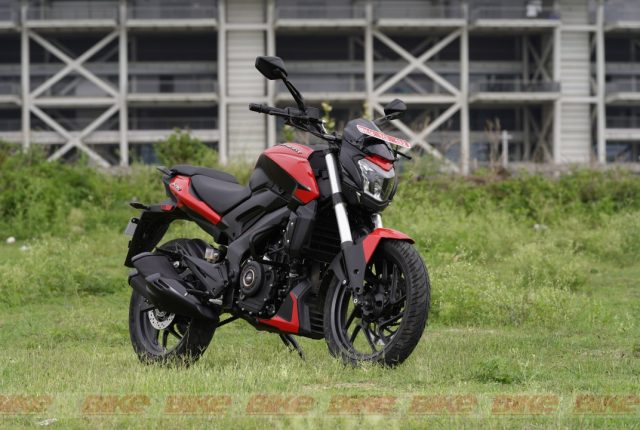
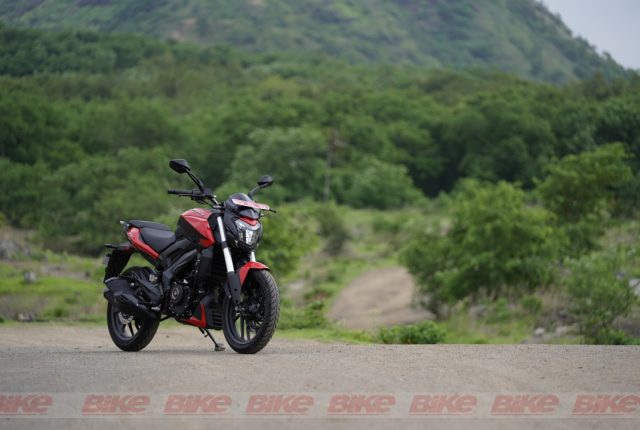
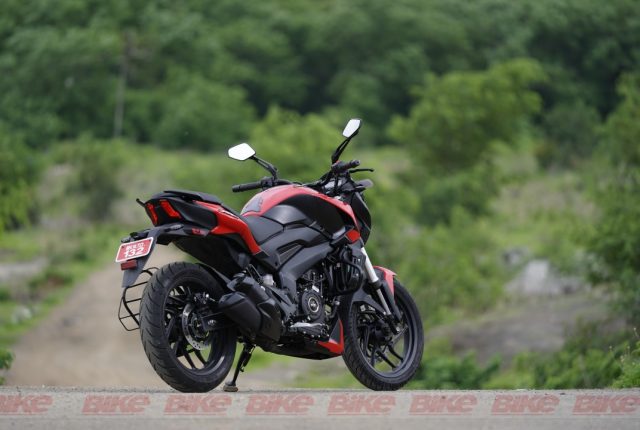
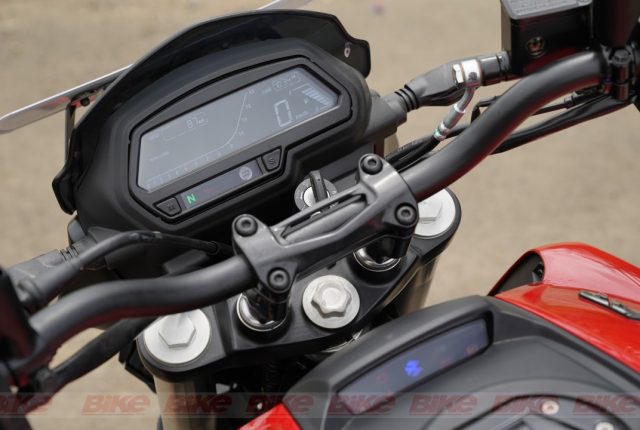
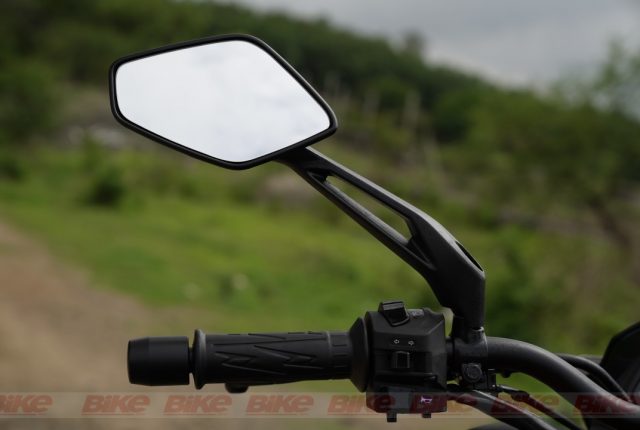
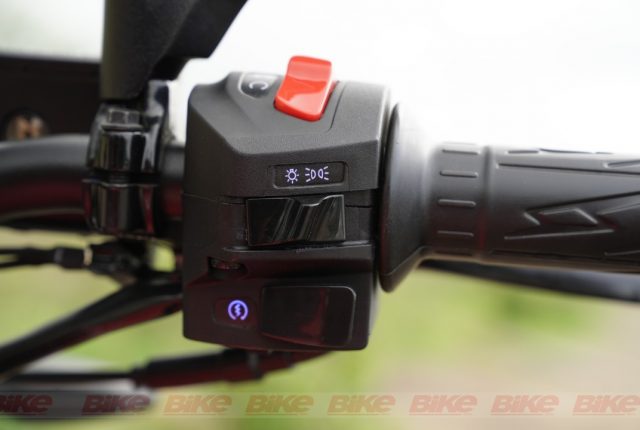
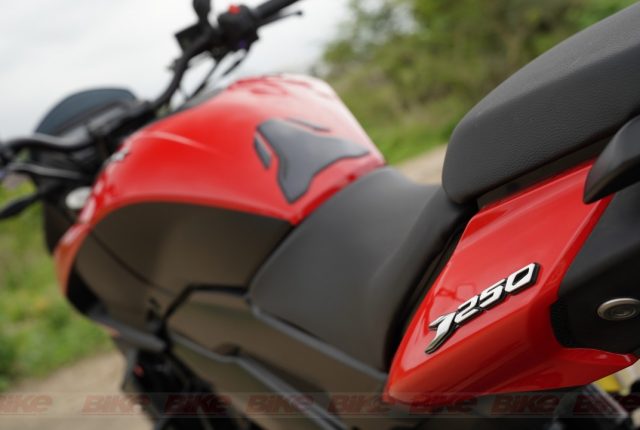
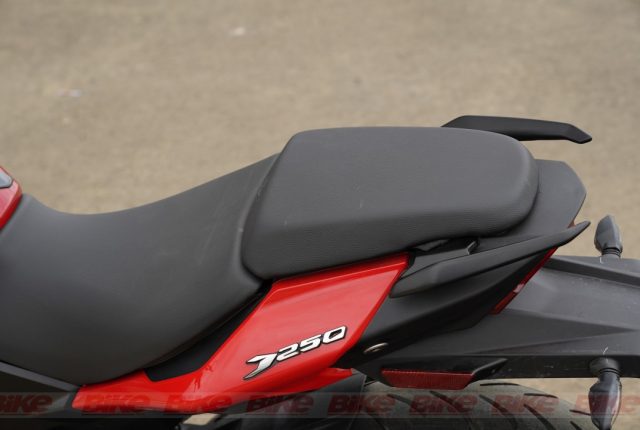
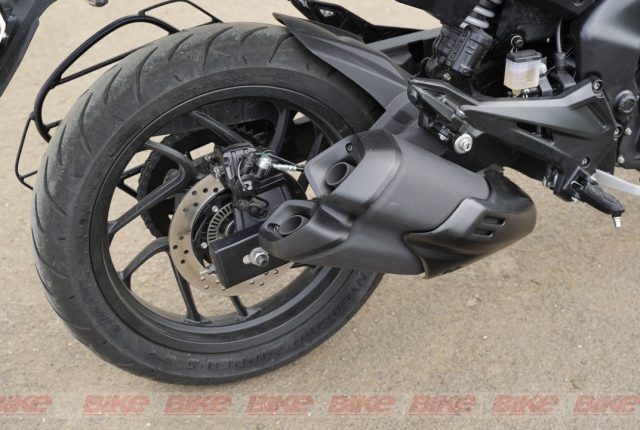
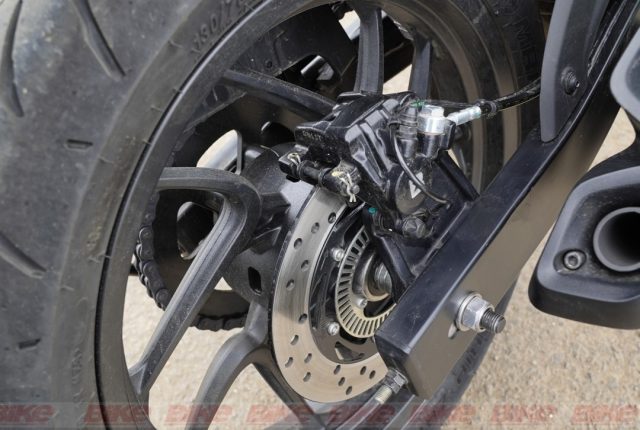
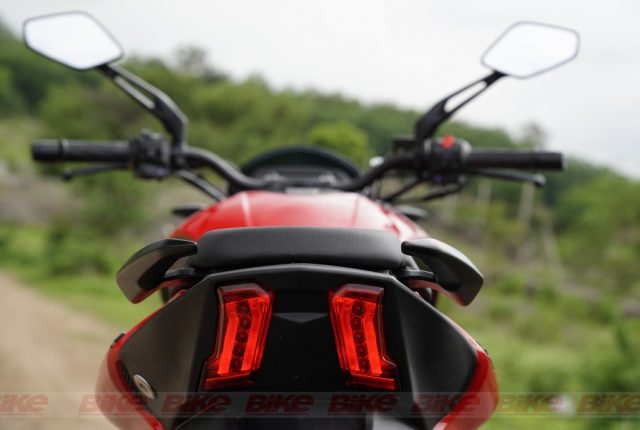
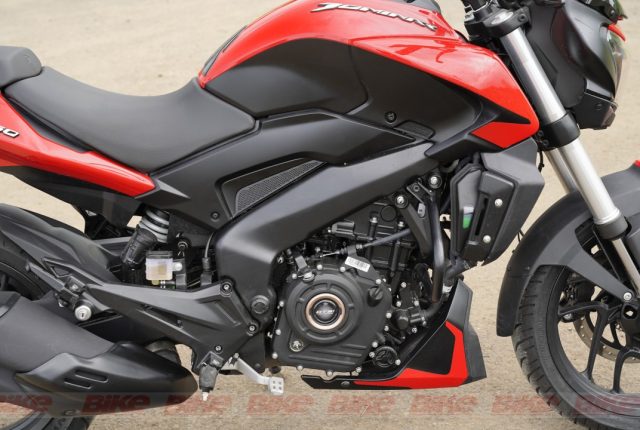
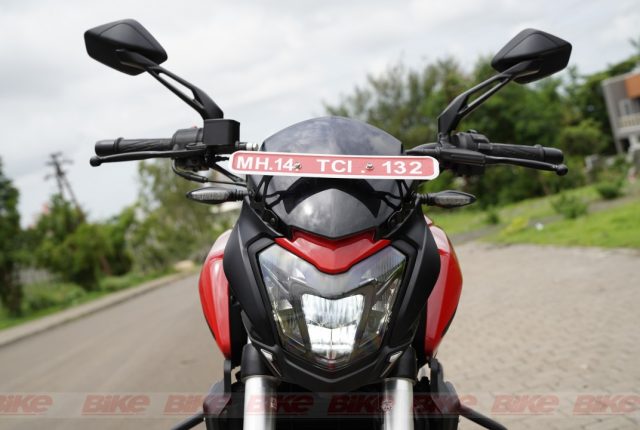
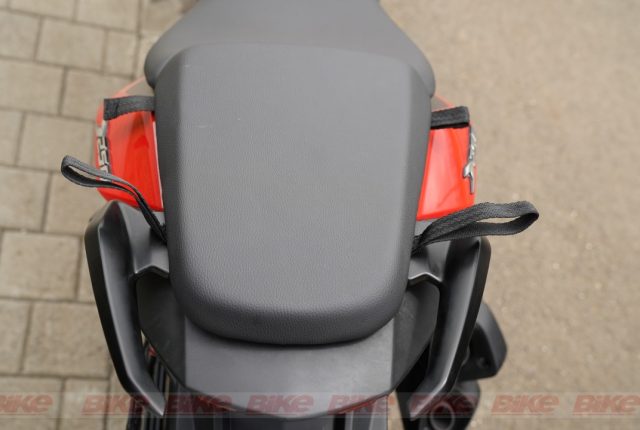
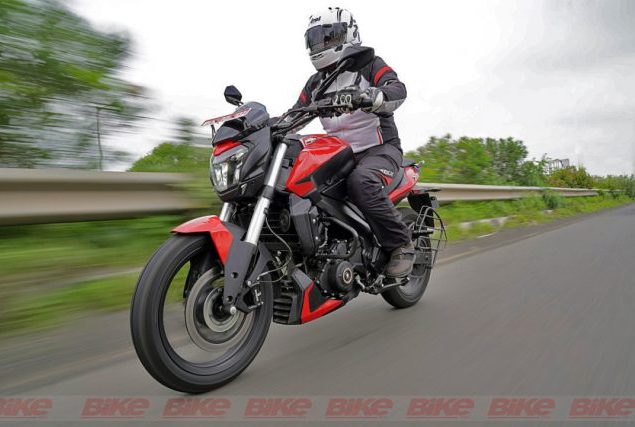
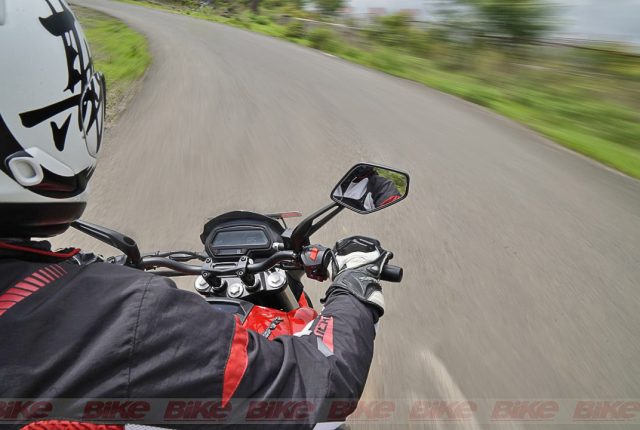
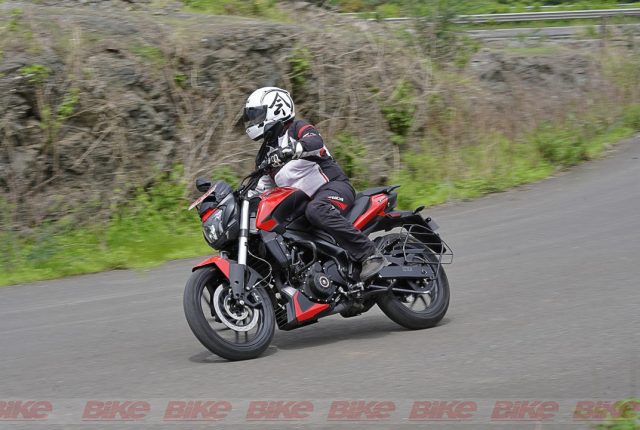
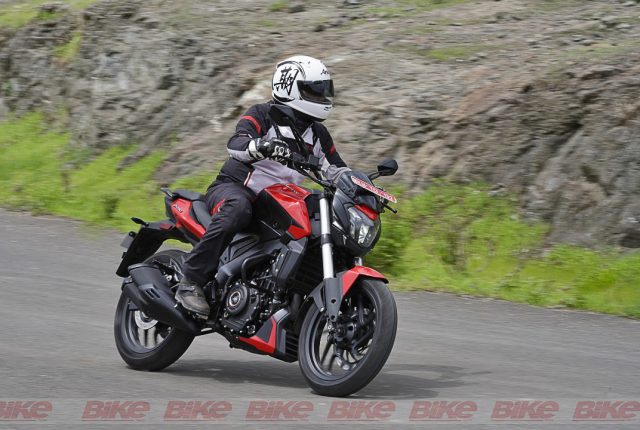
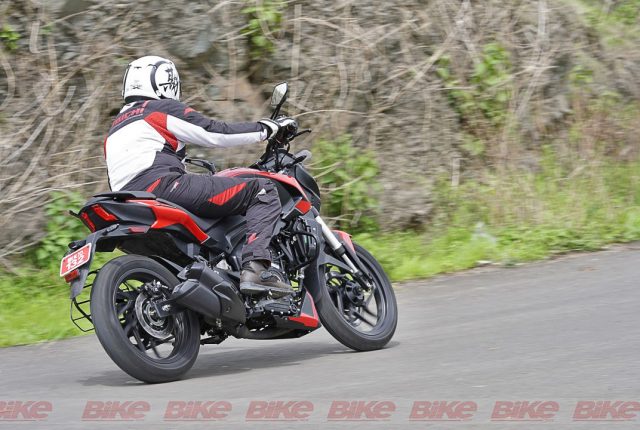
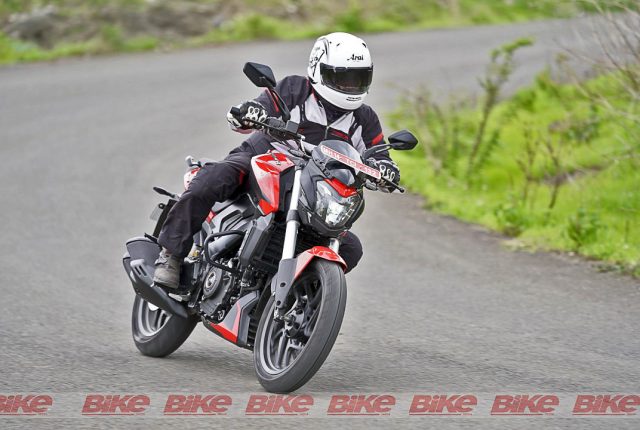
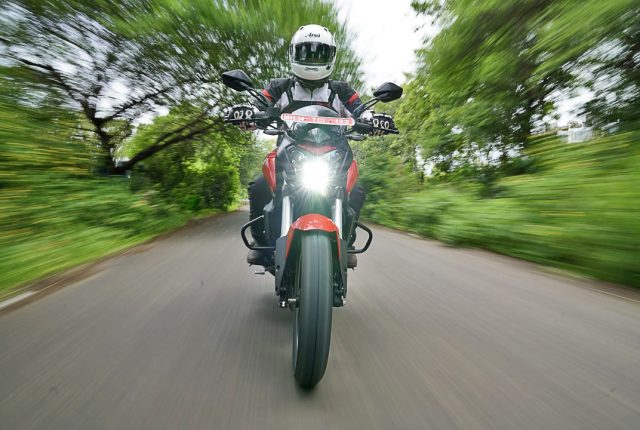
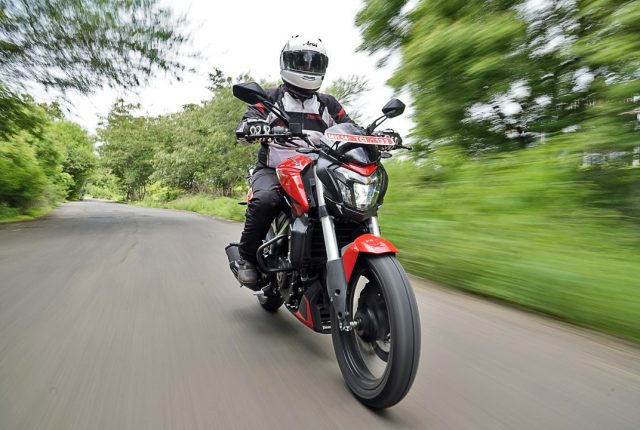
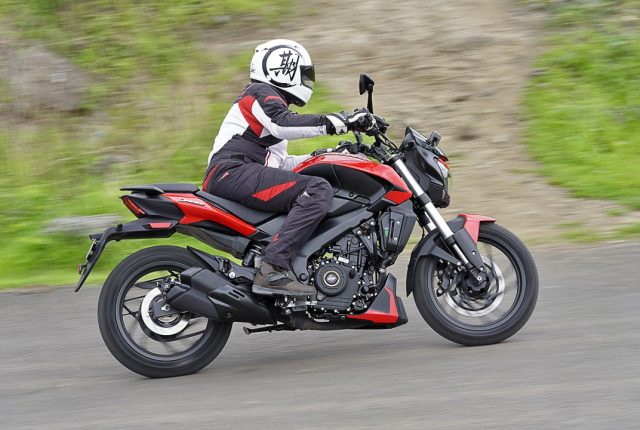
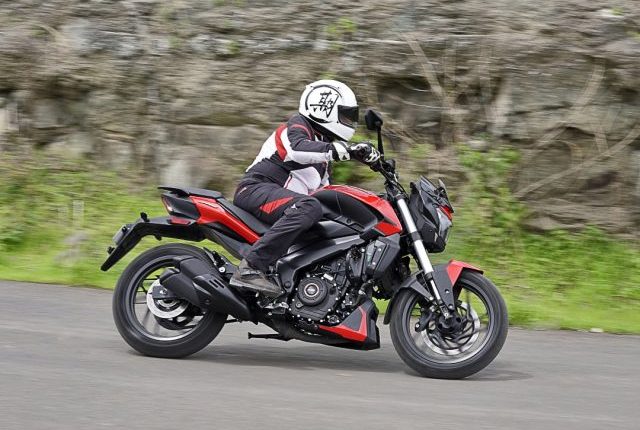
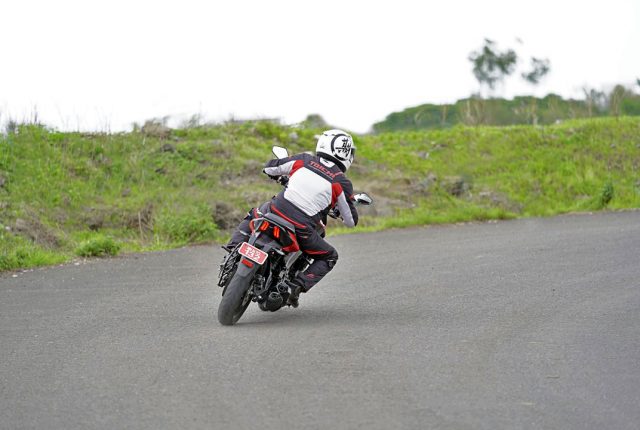
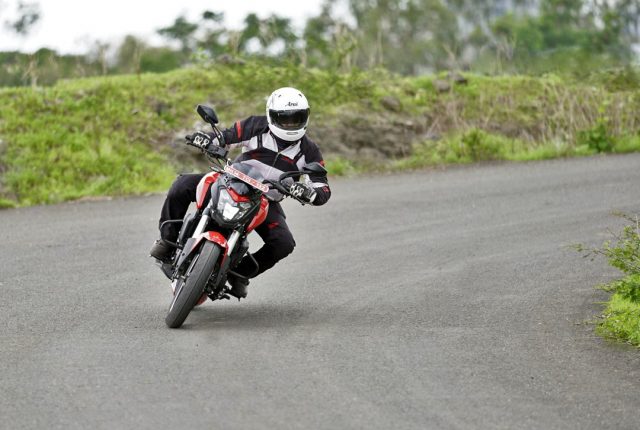
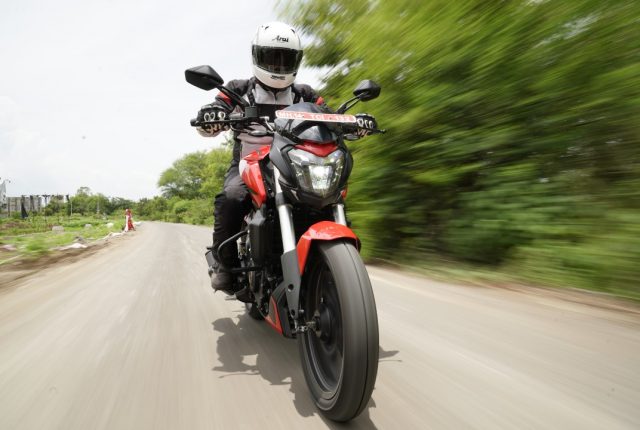

Leave a Reply